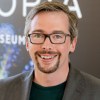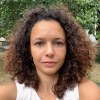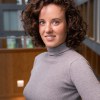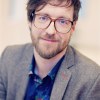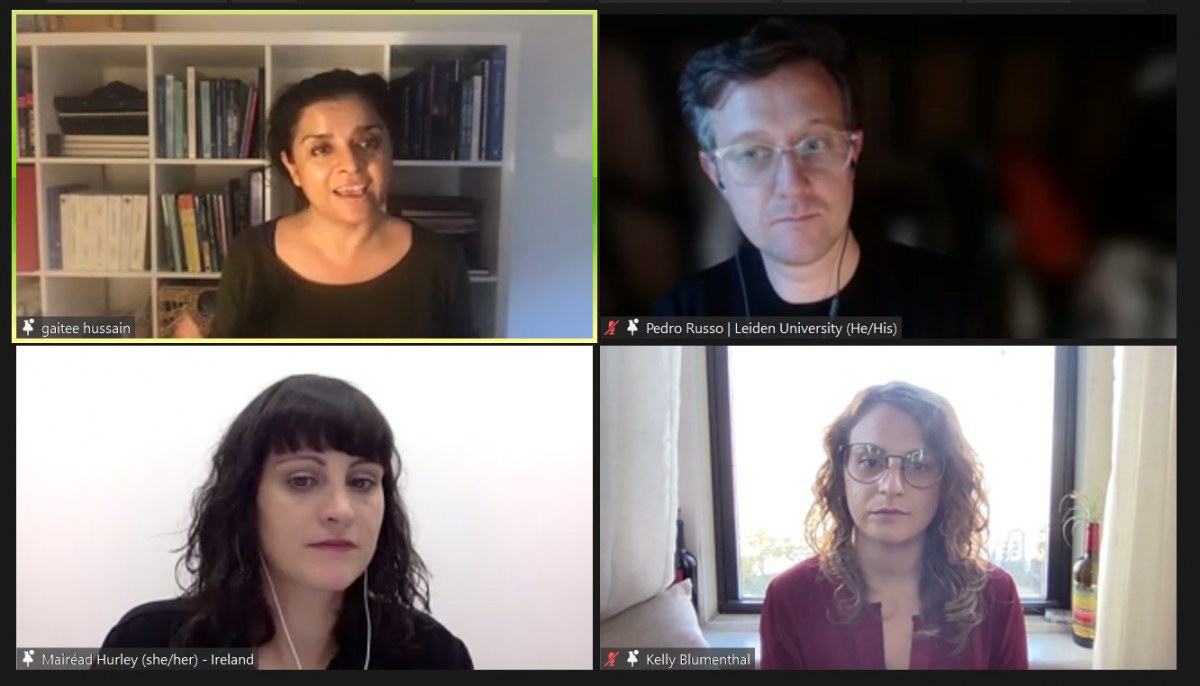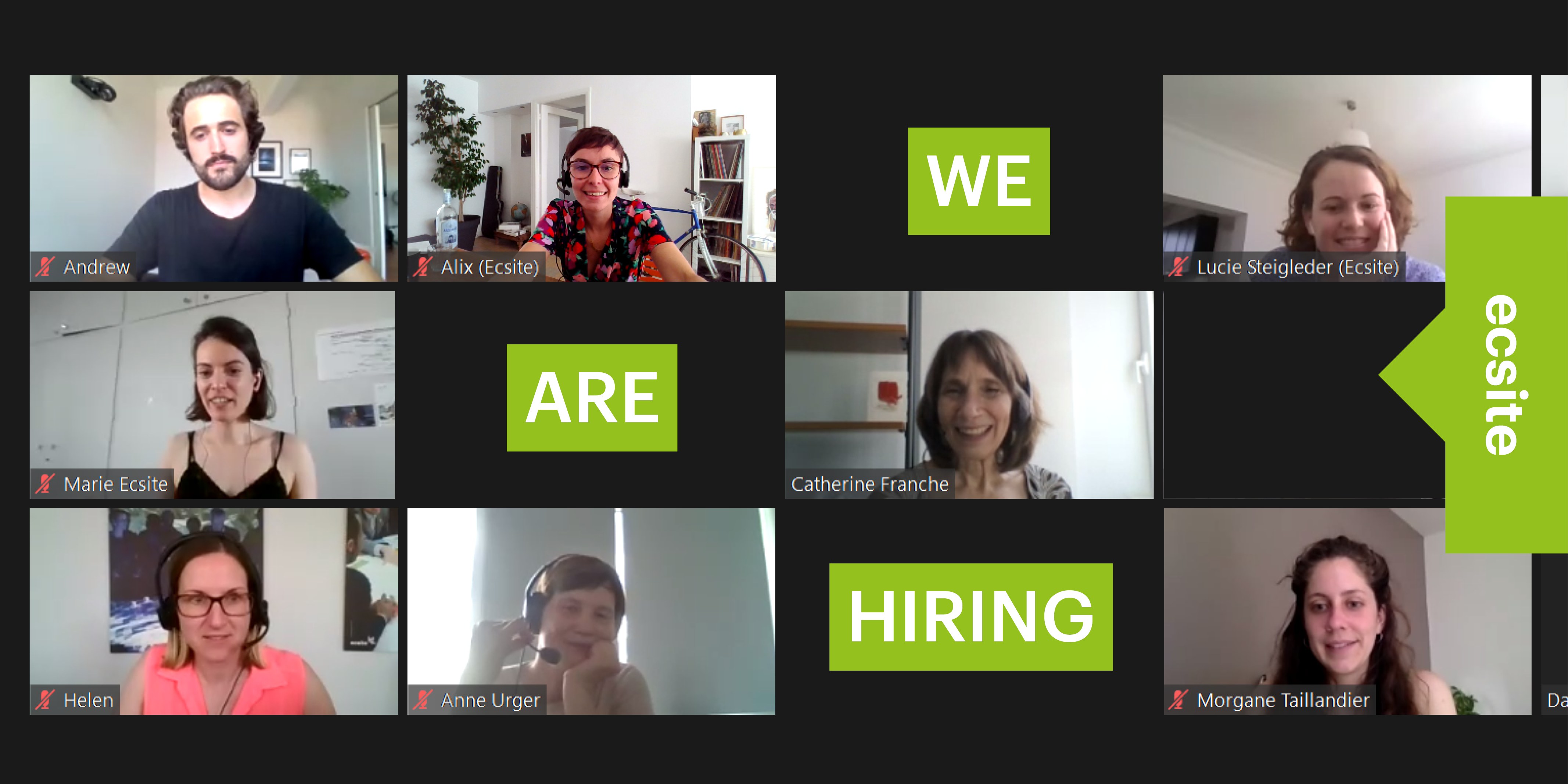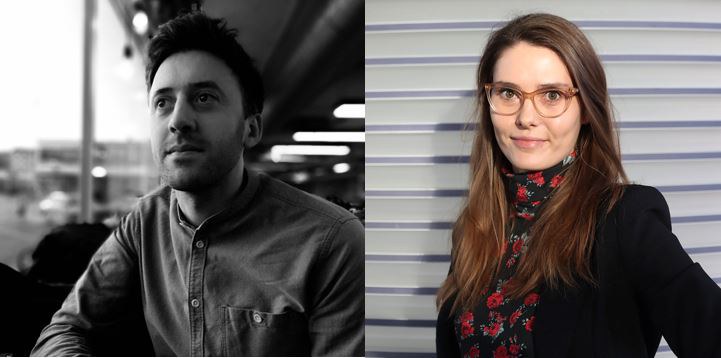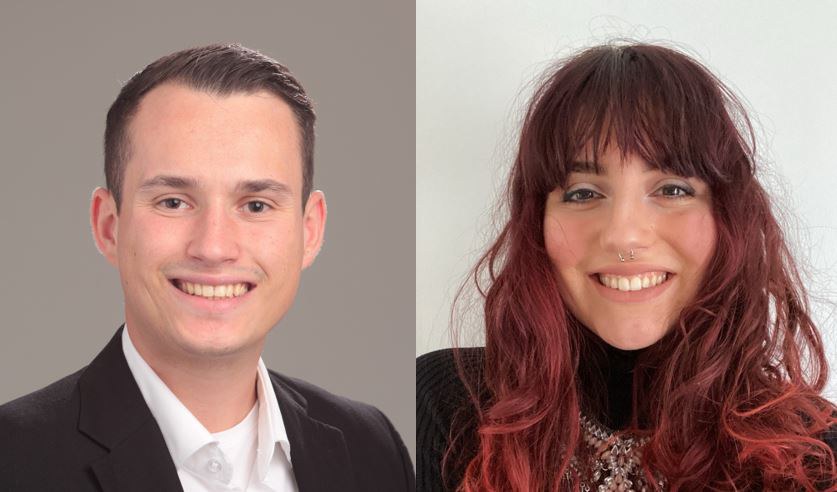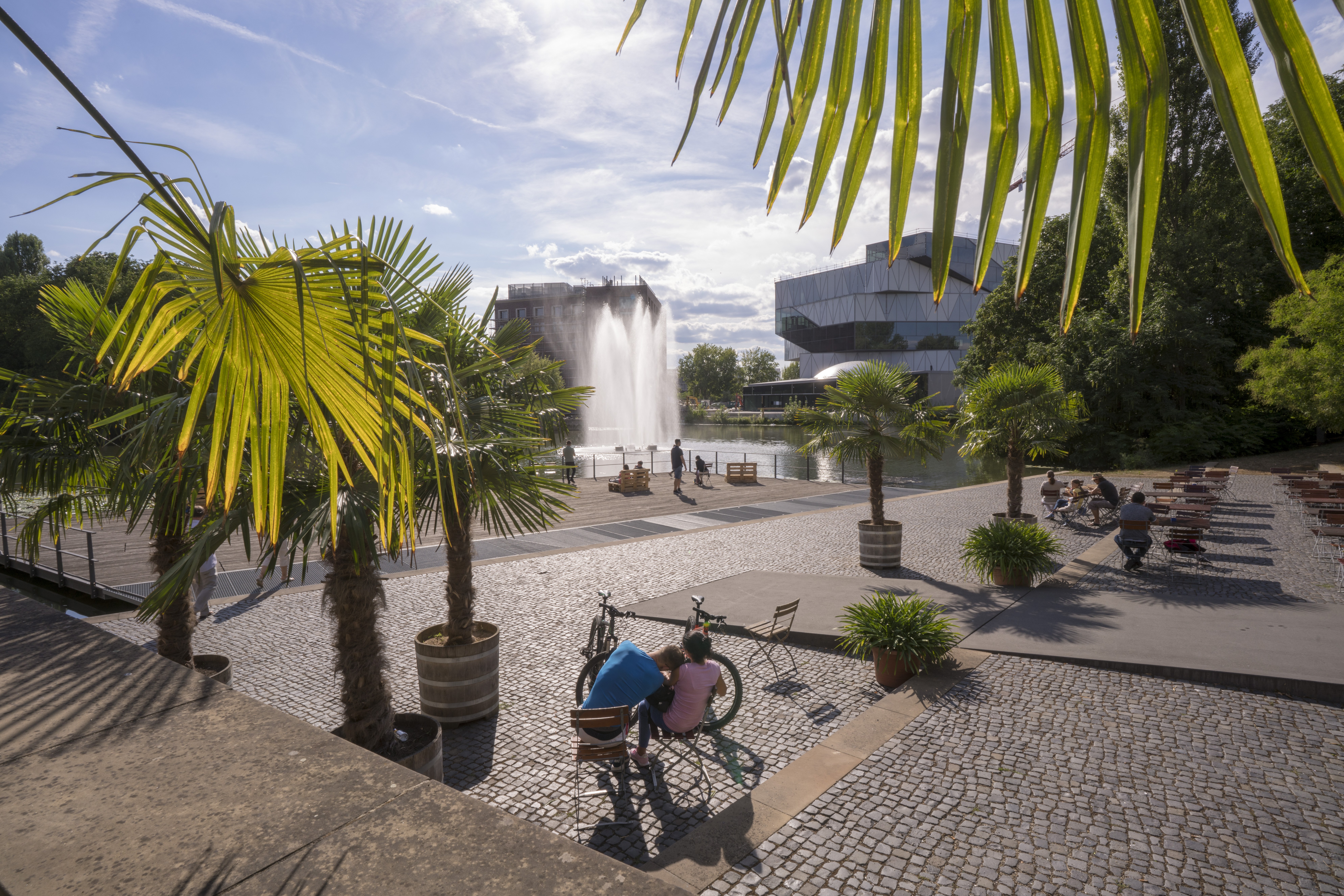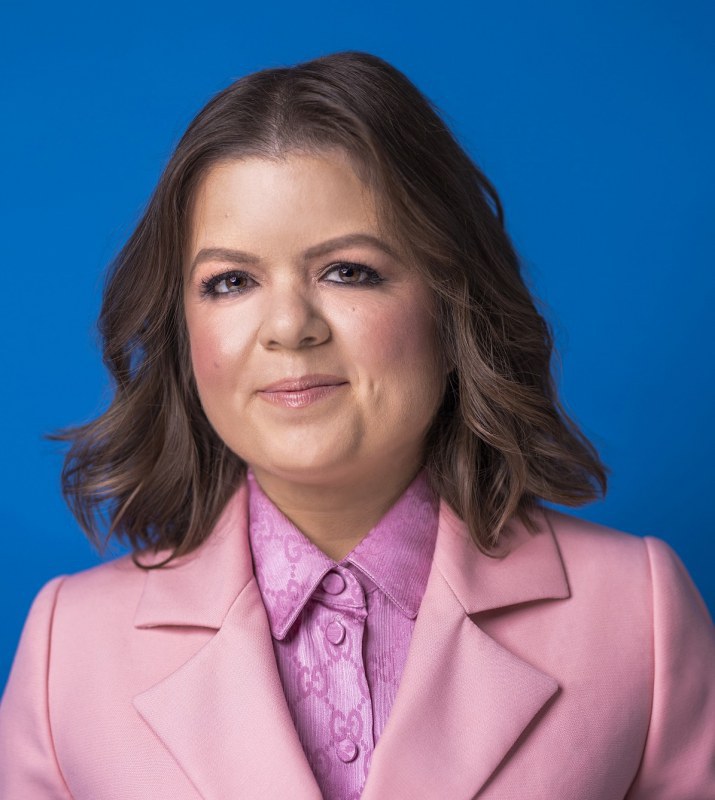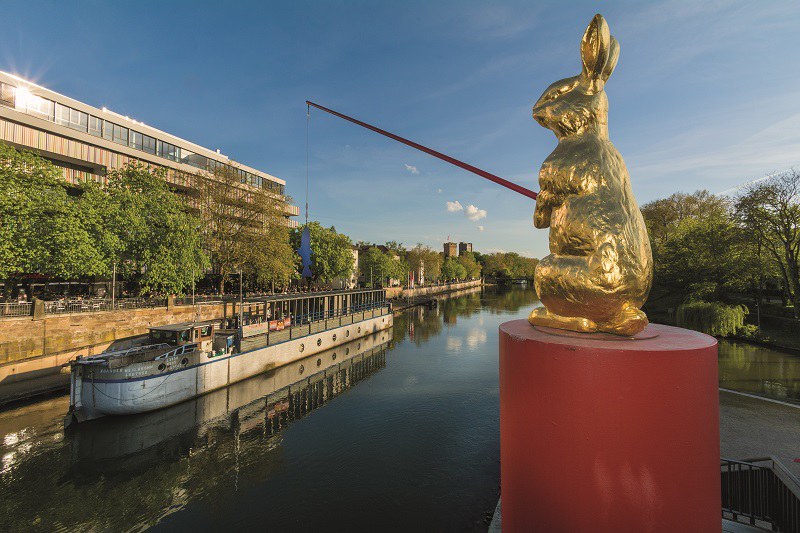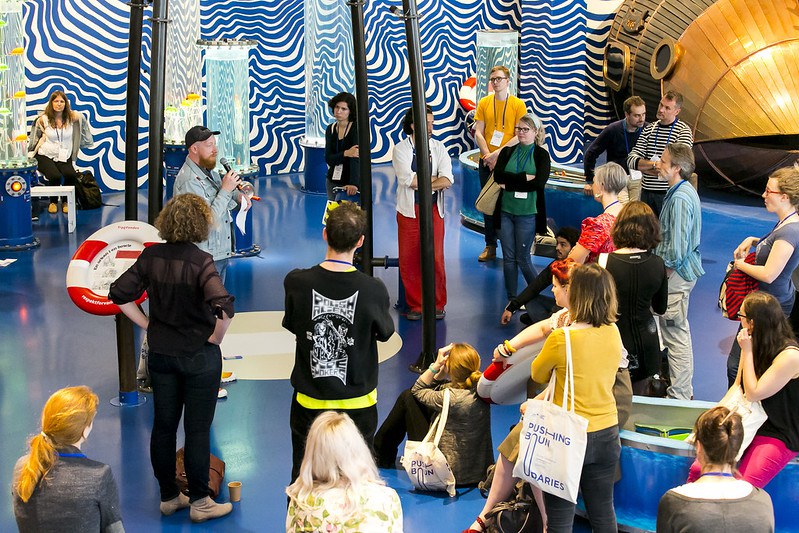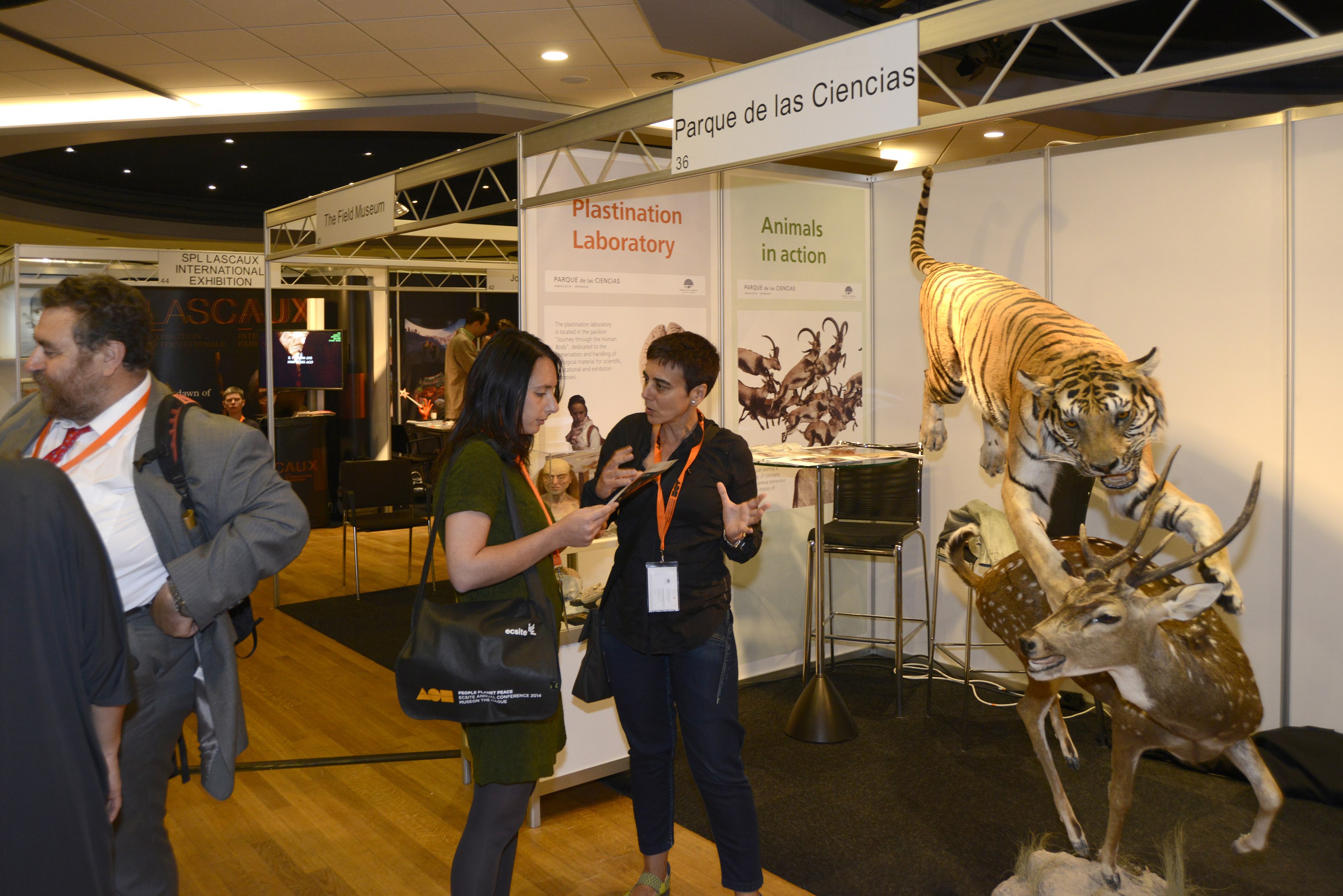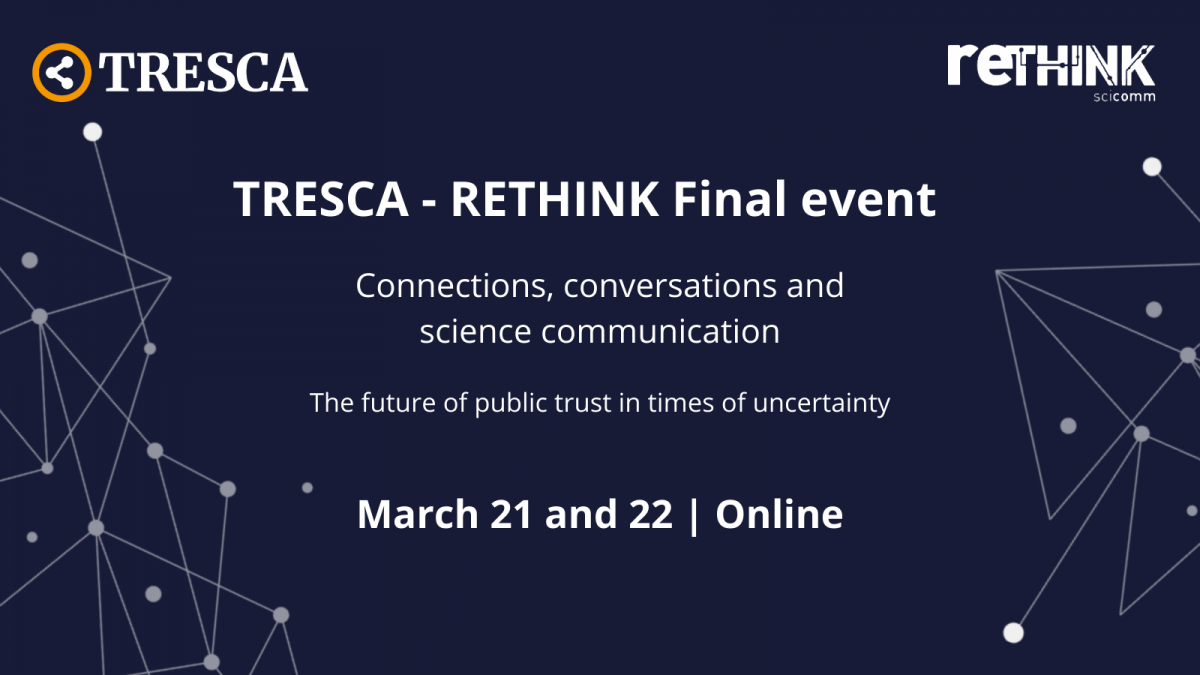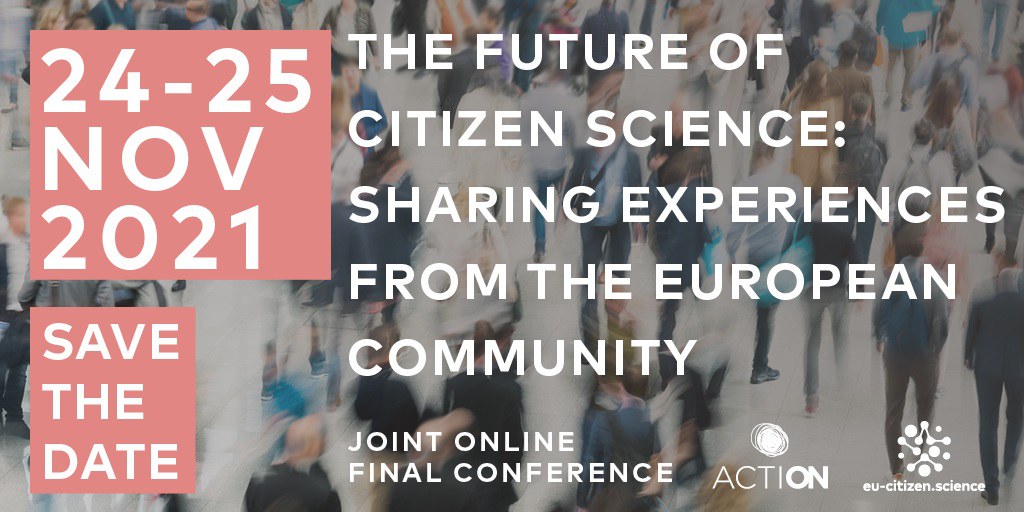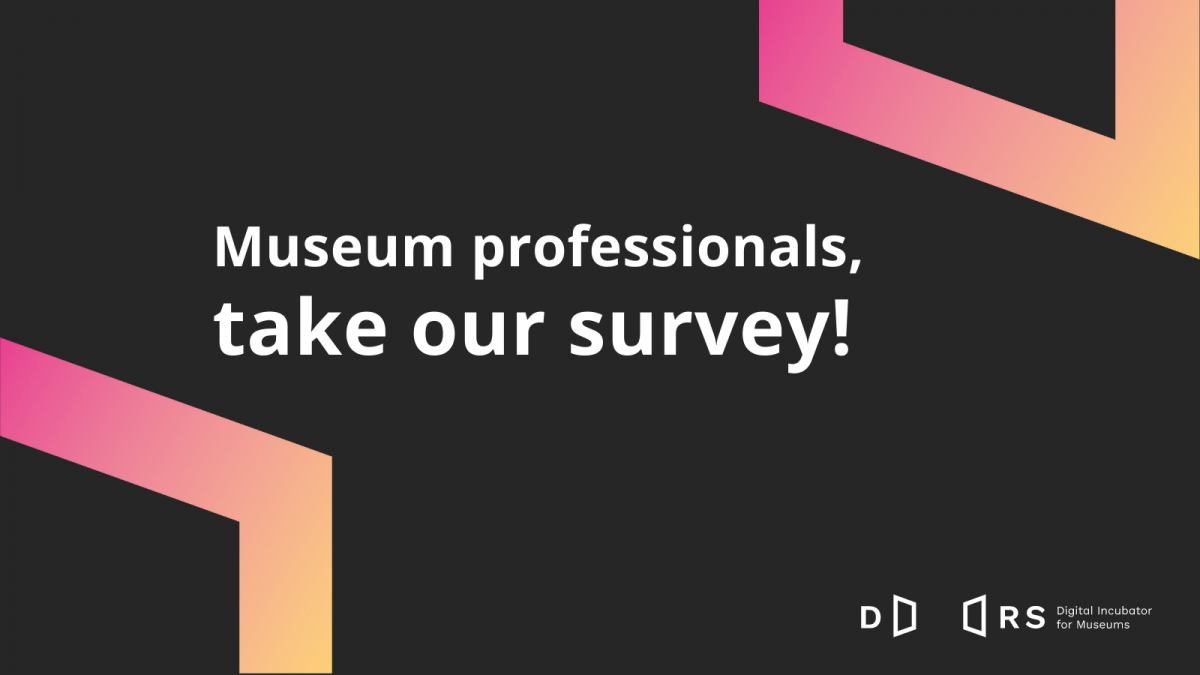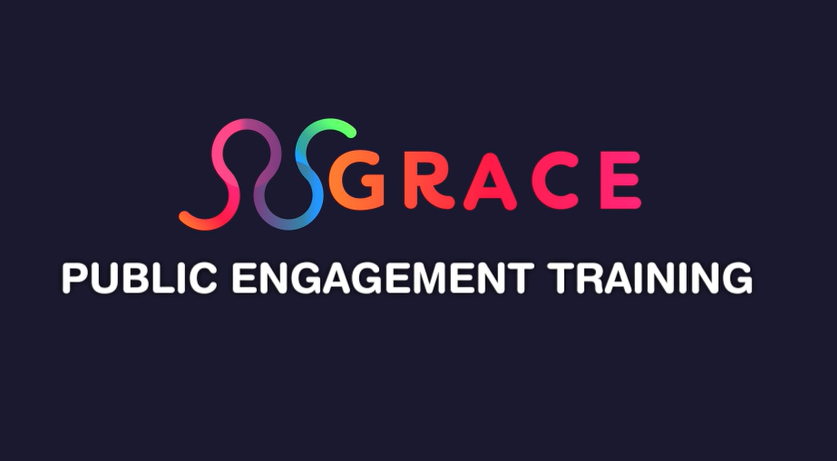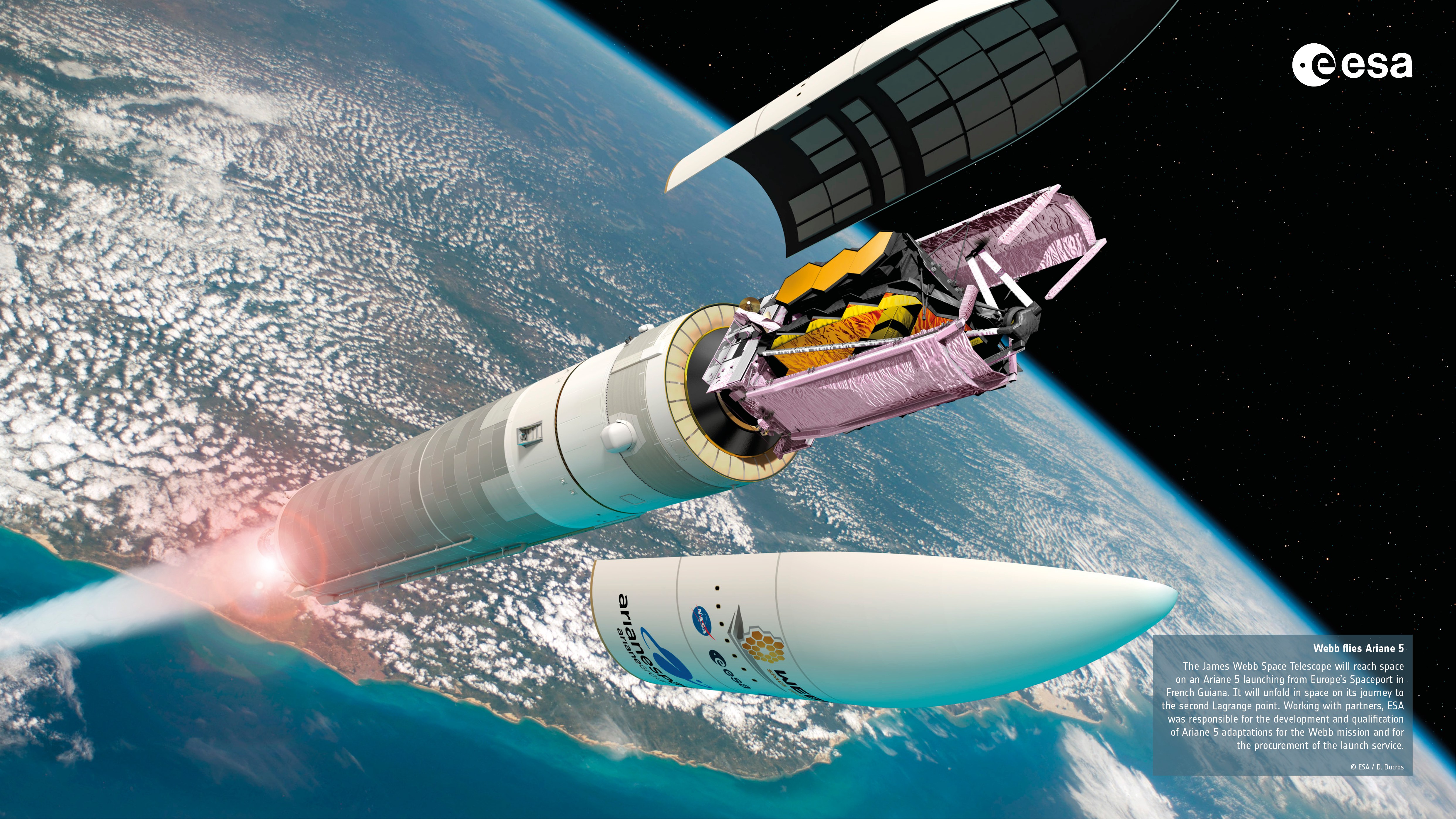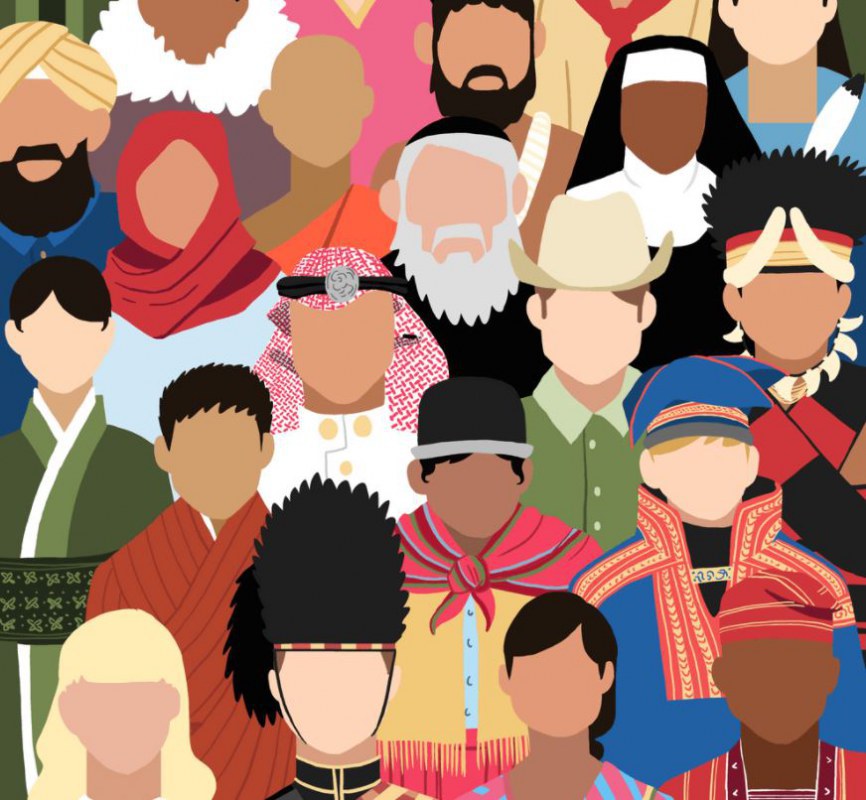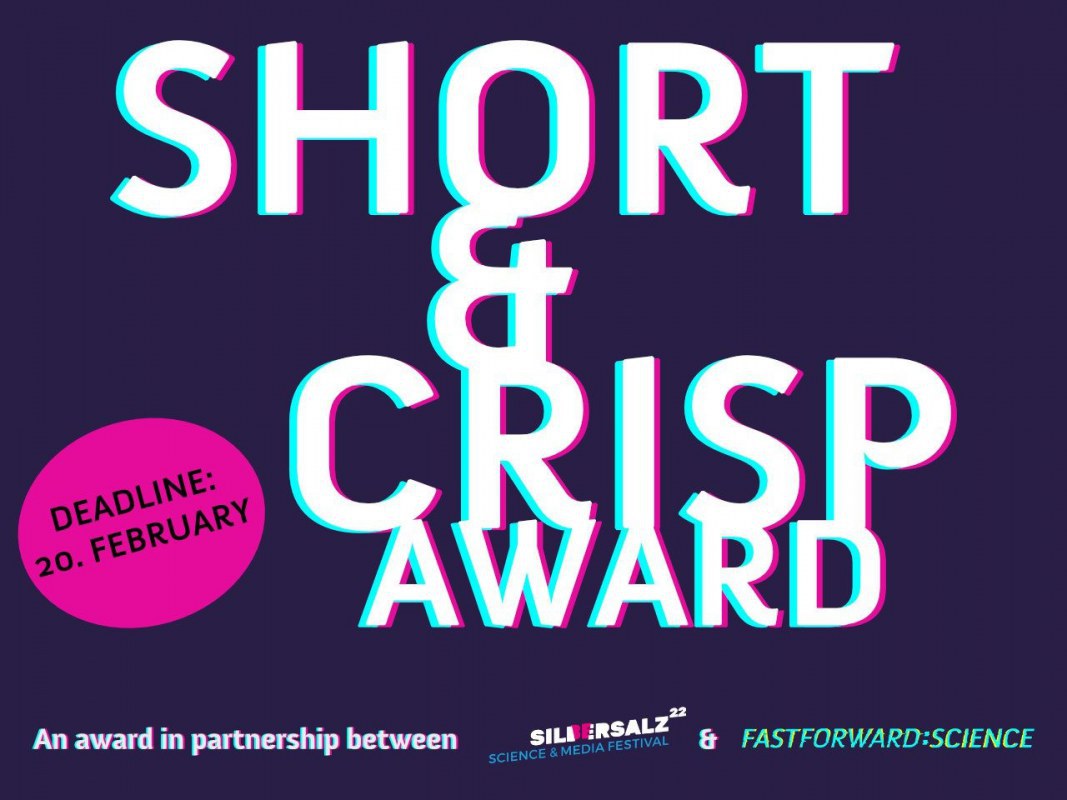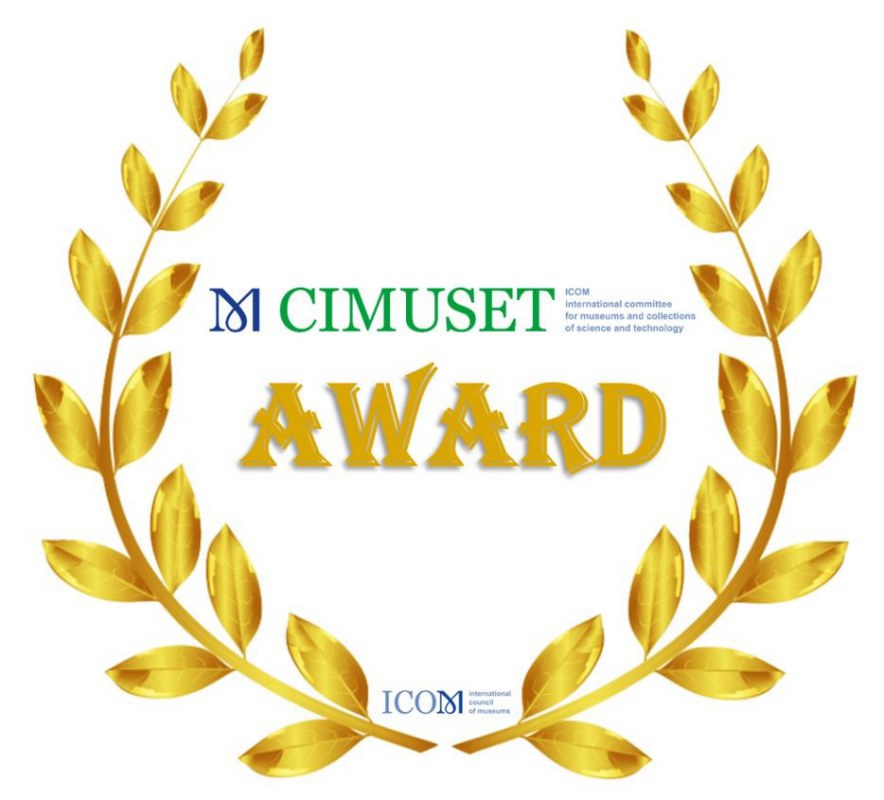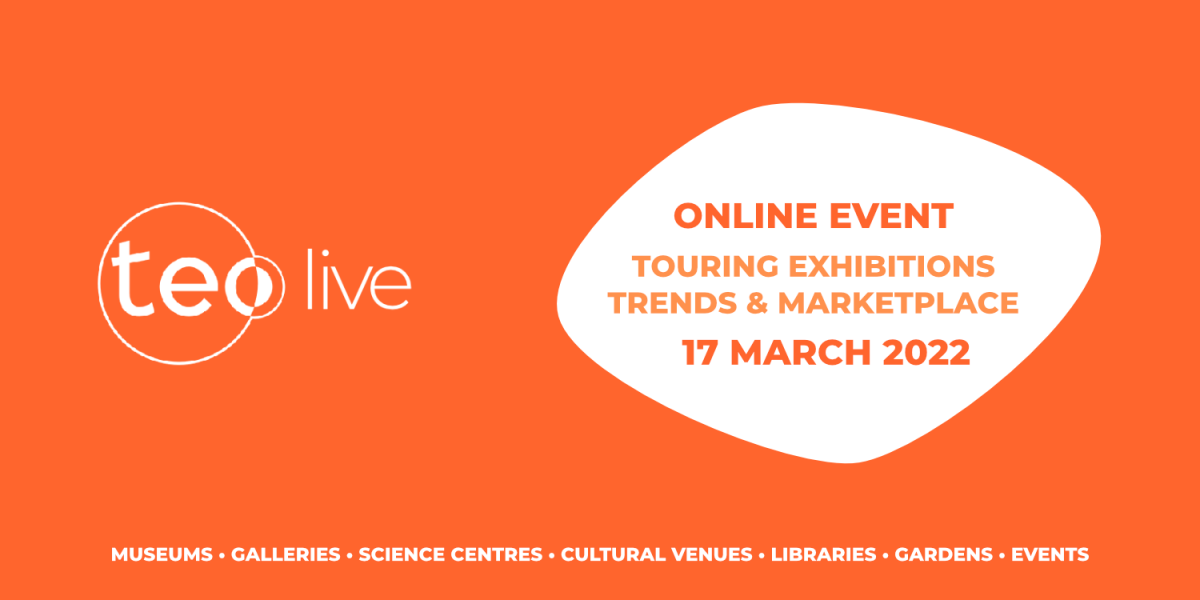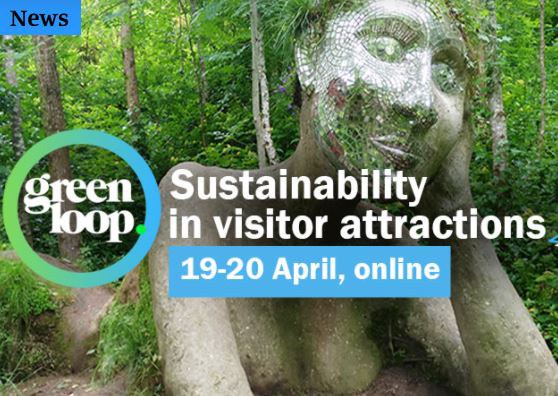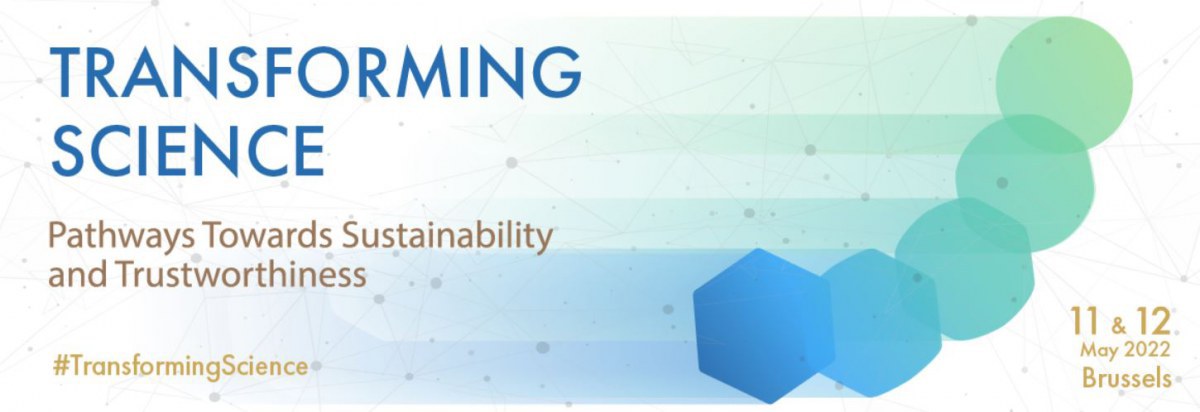Ecsite thanks the writers who have generously contributed to this issue of Spokes. Have an idea for Spokes? Check out the contributors' guide and get in touch.
Spokes is the monthly digital magazine of Ecsite, the European network of science centres and museums. It is put together by the Spokes Editorial Committee:
Maria Xanthoudaki, Head of Education and International Relations, Museo Nazionale della Scienza e della Tecnologia Leonardo da Vinci, Milan, Italy – Chairperson
Helen Wilks, Communications Manager, Ecsite, Brussels, Belgium – Editor
Michèle Antoine, Director of Exhibitions, Universcience, Paris, France
Andrea Bandelli, Executive Director, Science Gallery International, Dublin, Ireland
Emily Cronin, Partnerships Manager, Cultural & Commercial Partnerships, Science Museum Group, London, UK
Raquel da Cunha, Communications and Events Manager, Ecsite, Brussels, Belgium
Alex Fairhead, Group Head of Exhibition Services, Science Museum Group, London, UK
Roxanne Gillon, Communications and Events Intern, Ecsite, Brussels, Belgium
Frank Kupper, Assistant Professor of Science Communication, Athena Institute - Vrije Universiteit Amsterdam, the Netherlands
Matteo Merzagora, Director, TRACES, Paris, France
Marta Trzeciak, Specialist in Science Events and Programmes, Experyment Science Centre, Gdynia, Poland
Responsible editor: Catherine Franche, Executive Director for Association européenne des expositions scientifiques, techniques et industrielles, aisbl
Frequency: monthly since April 2015 and quarterly from January 2021 - issue 74, February 2022
Copyright: reproduction in whole or in part of any article in this magazine is prohibited without permission from Ecsite



